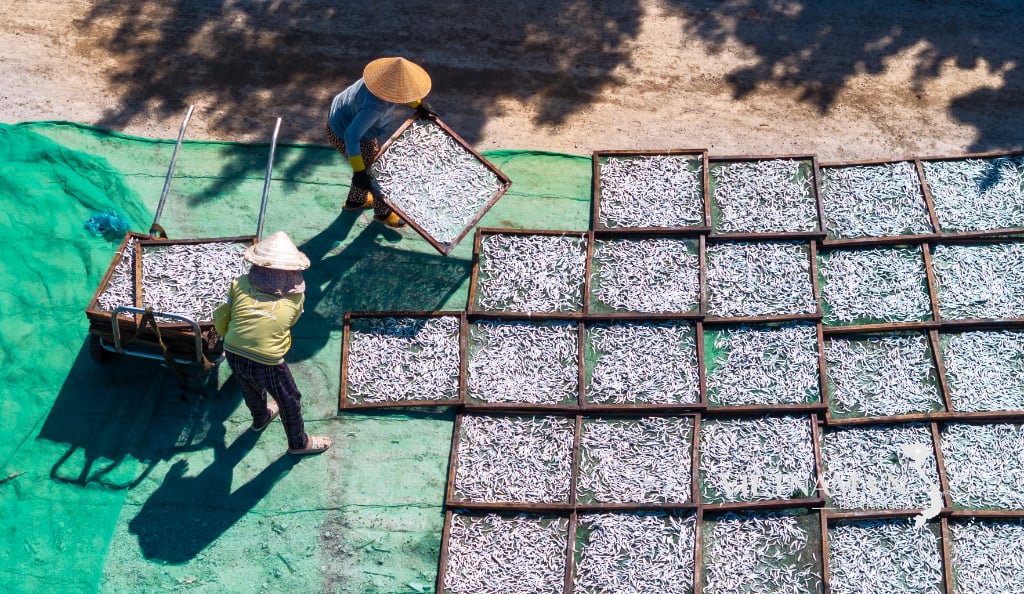The soil has a very good ability to absorb water, so why doesn't the water in large lakes drain into the ground?
Lakes have long been an important part of the natural ecosystem, not only providing water but also sustaining life for many species. However, have you ever wondered why the water in large lakes does not completely seep into the ground, especially when the lake bottom is in direct contact with the ground?
It is certain that lakes always have some water seeping into the ground. However, this phenomenon is often not noticed because the lost water is quickly replaced by rain. Moreover, the rate of water seepage is usually quite slow, there seems to be a natural "shield" that prevents all the water from being absorbed, helping lakes to last for hundreds of years without being drained.

This is not as hard to understand as many people think. Imagine you put a rock on the ground and pour water on it. The water will not seep through the rock, but will simply spread out around it. The same thing happens with lakes: the bottom of a lake often has a layer of rocks and minerals that form a natural barrier to prevent water from seeping through.
More specifically, the bottom of many lakes contains a dense layer of rock that makes it difficult for water to pass through because there is very little space between the rocks. This layer acts as a natural barrier between the water and the soil, limiting infiltration. This is why large lakes can maintain a stable water level for centuries.
Even if there are small gaps in the bottom, lakes naturally seal themselves over time. Many lakes accumulate sediments such as sand, silt, and clay, which gradually fill in the gaps. Over time, the lake bottom “evolves” to become a more effective barrier against water.
However, water in lakes does not just escape through the bottom but also evaporates into the air, especially in hot weather. In fact, water loss through evaporation is often much greater than through the ground. This process occurs when sunlight heats the surface of a lake, causing water to change from liquid to gas and rise.
However, in nature, evaporation is not necessarily a loss. The hydrological cycle – a biogeochemical phenomenon – allows evaporation to be replaced through precipitation. This cycle occurs continuously: water evaporates to form clouds, which then condense into rain and return to the ground. This is how lakes balance themselves and maintain a stable water level.
However, a study published in May 2023 issued alarming warnings. According to this study, more than half of the world's large lakes, including natural and artificial lakes, are drying up. The main causes identified are excessive human water consumption, such as water extraction for production and daily life, along with global warming. Climate change increases the average temperature of the Earth, leading to an increase in the amount of water evaporating from lakes.
Therefore, although long-standing lakes do not easily seep into the ground, the risk of water loss due to evaporation is becoming increasingly serious. This is a problem that not only affects the ecosystem but also affects freshwater resources - an essential resource for humans.
Source: https://giadinh.suckhoedoisong.vn/tai-sao-nuoc-trong-ho-khong-tham-het-xuong-dat-172241204072233506.htm



































































































Comment (0)